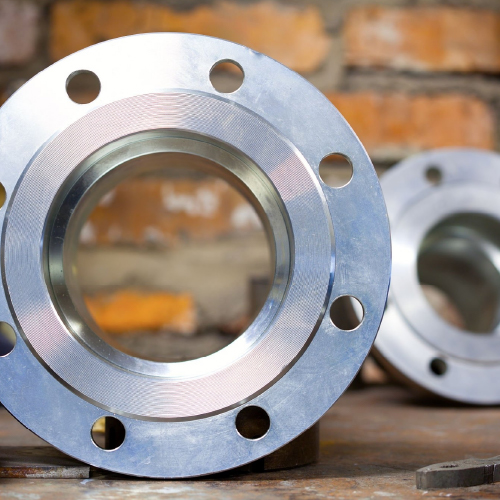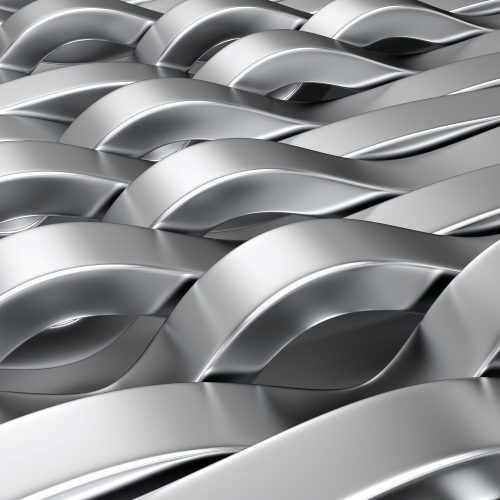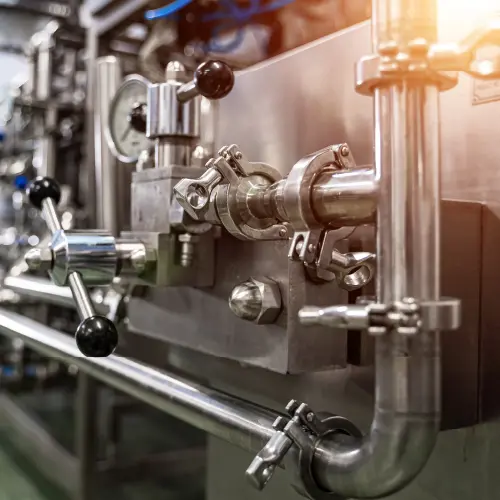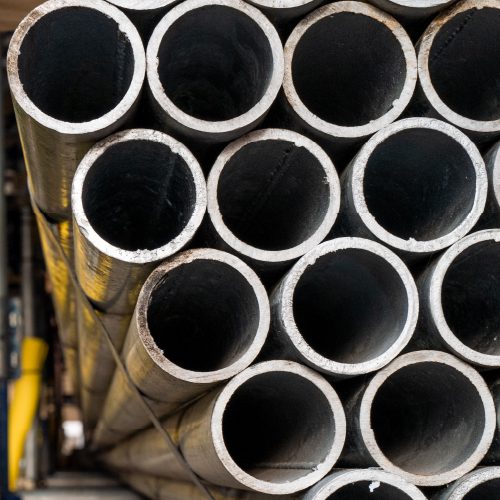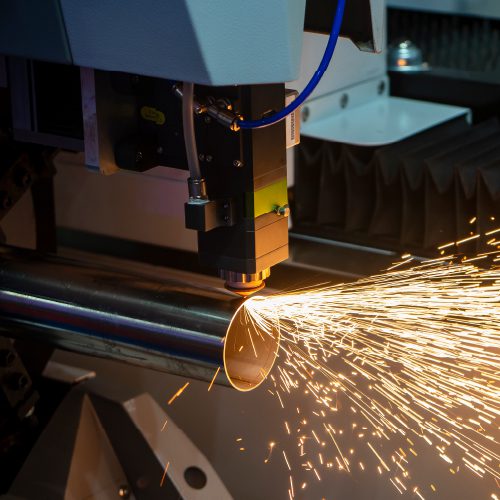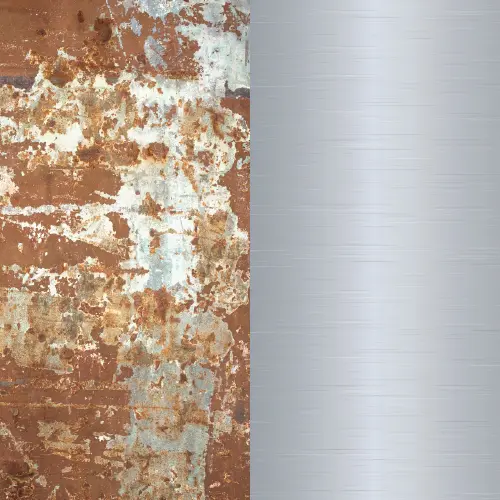Tempering Colors Of Steel
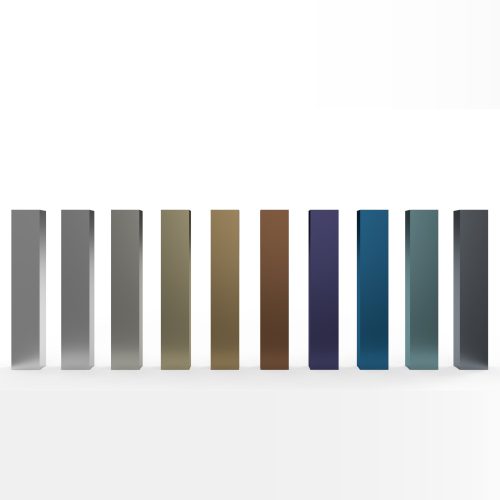
TEMPERING COLORS OF STEEL
Introduction To Tempering
Tempering is a heat treatment process that alters the mechanical properties (typically ductility and hardness) and relieves internal stresses of a steel. Tempering allows carbon trapped in a martensitic microstructure to disperse, and enables the internal stresses to be released from the steel that may have been created from prior operations.
Tempering is performed by elevating the steel to a set point below its lower critical temperature, typically following a hardening operation. Once this temperature is reached, it is held there for a specified amount of time. The exact temperature and time depend on several factors such as the type of steel and desired mechanical properties.

Why Steel Is Tempered?
Tempering steel after a hardening process allows for a middle ground of hardness and strength. This is achieved by allowing the carbon diffusion to occur within a steel microstructure. When steel is hardened, it can become excessively brittle and hard. However, when not hardened, the steel may not have the strength or abrasion resistance needed for its intended application. Tempering also improves the machinability and formability of a hardened steel, and can reduce the risk of the steel cracking or failing due to internal stresses.
Tempering Colors of Steel
With a rise in tempering temperature, oxide on the surface of steel starts forming on the surface. This layer of oxide surface thickens with rising temperatures. Due to the interference process, light reflecting from the oxide surface may give color against different oxide thicknesses.
In earlier times, the temper color of the steel was used to determine tempering temperature. One important point to note is that steel color appears above 200° C. Below this temperature, oxidation of steel occurs but thickness is very less resulting in no tempering steel color.
Since tempering steel color appears against the thickness of the oxide film, it should be pertinent to mention that, along with a rise in temperature, an increase in time may also affect the tempering color.
Normalised at Room Temperature
The metal showcases an Original Silver Color
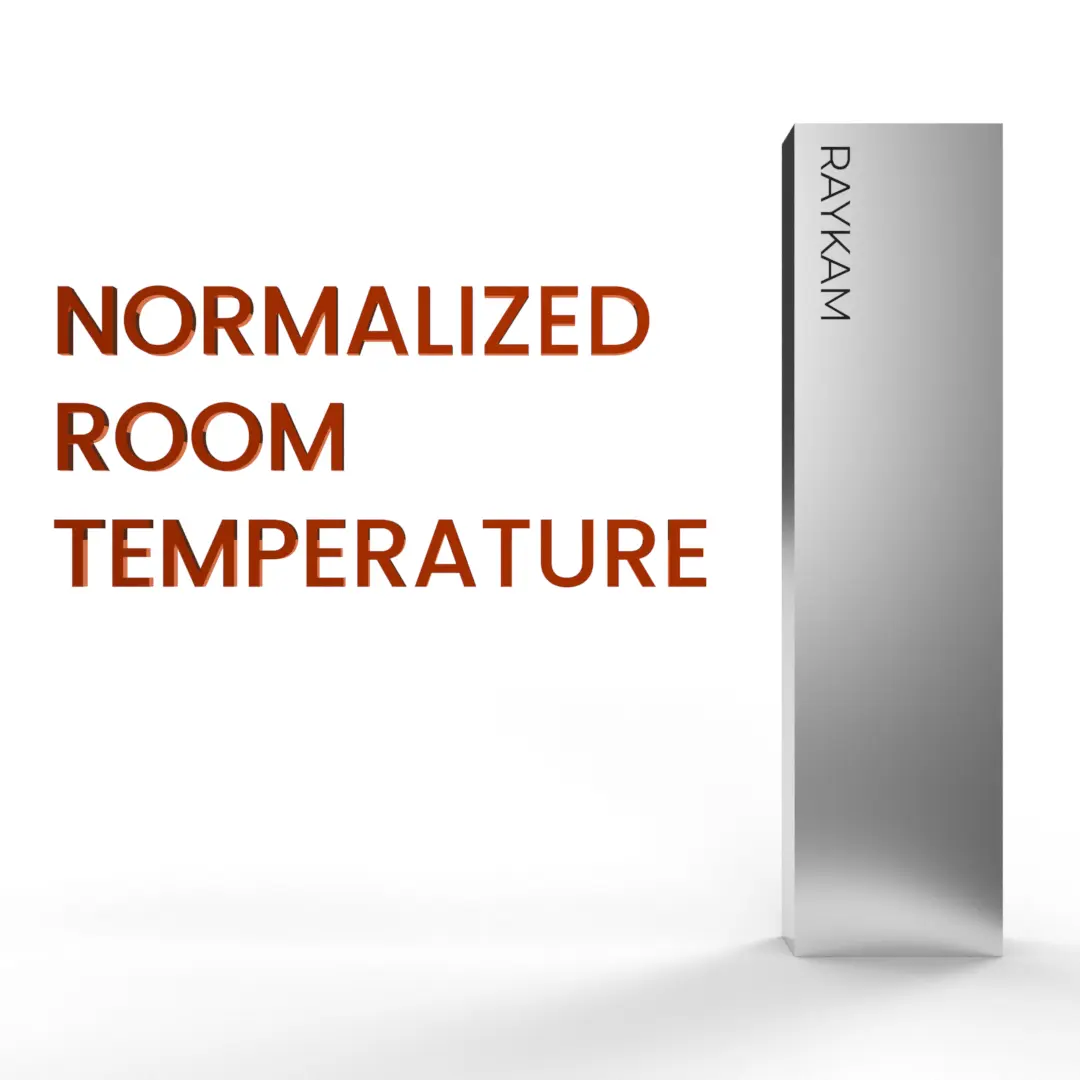
Quenched at Room Temperature
The metal showcases an Deeper Silver Color
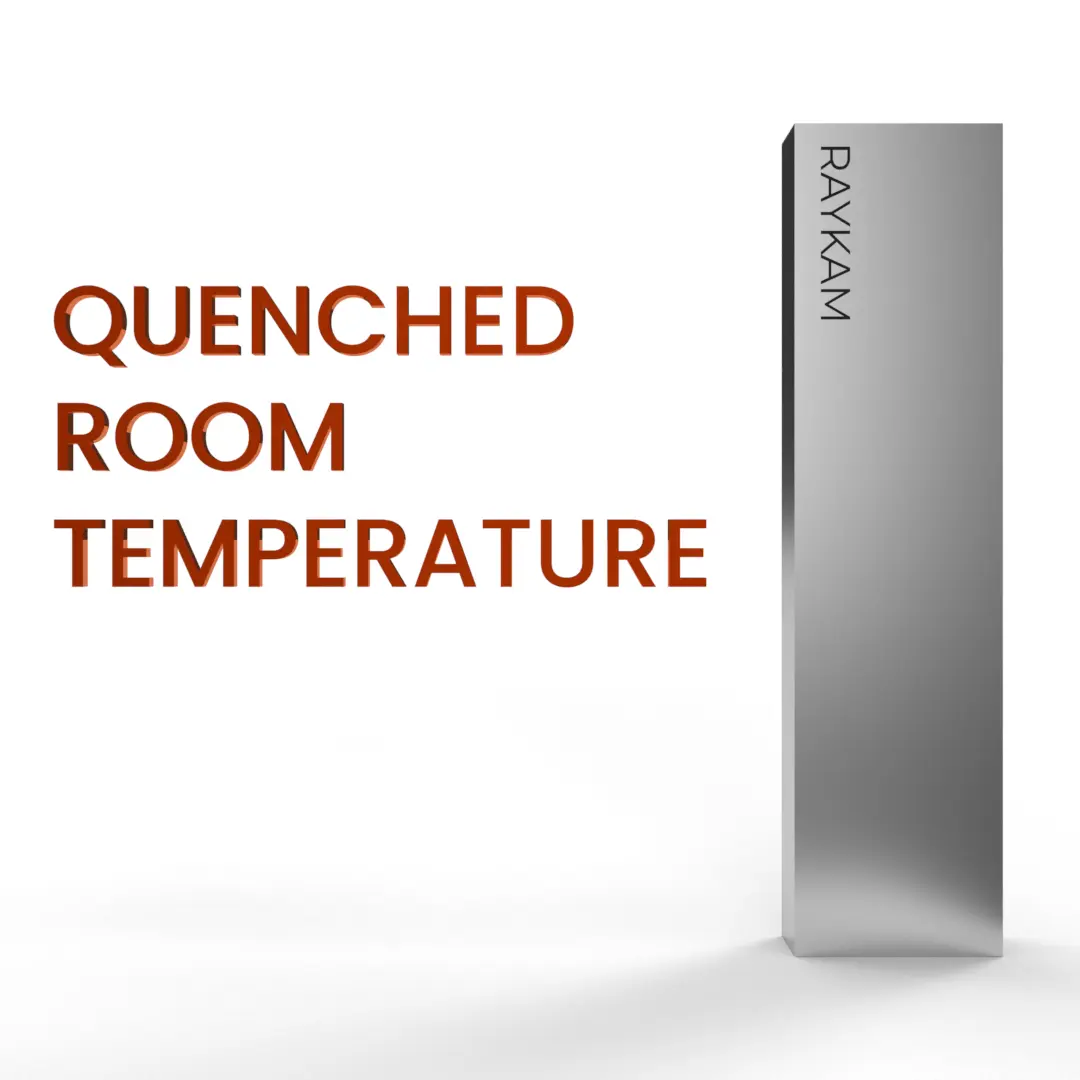
176° C - 350° F
The metal adopts a faint yellow-ish tint
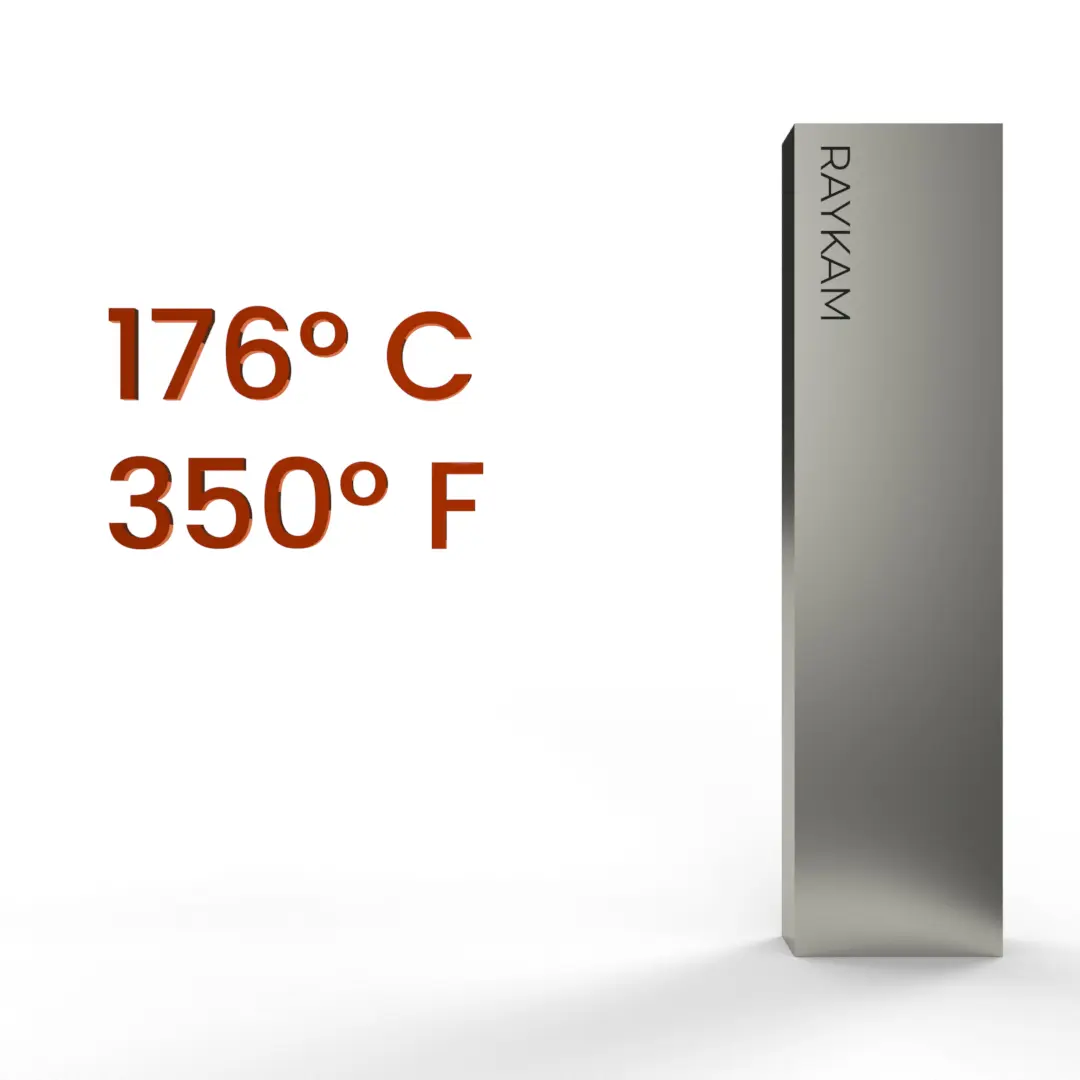
204° C - 400° F
The metal showcases an deepening of the yellow tint
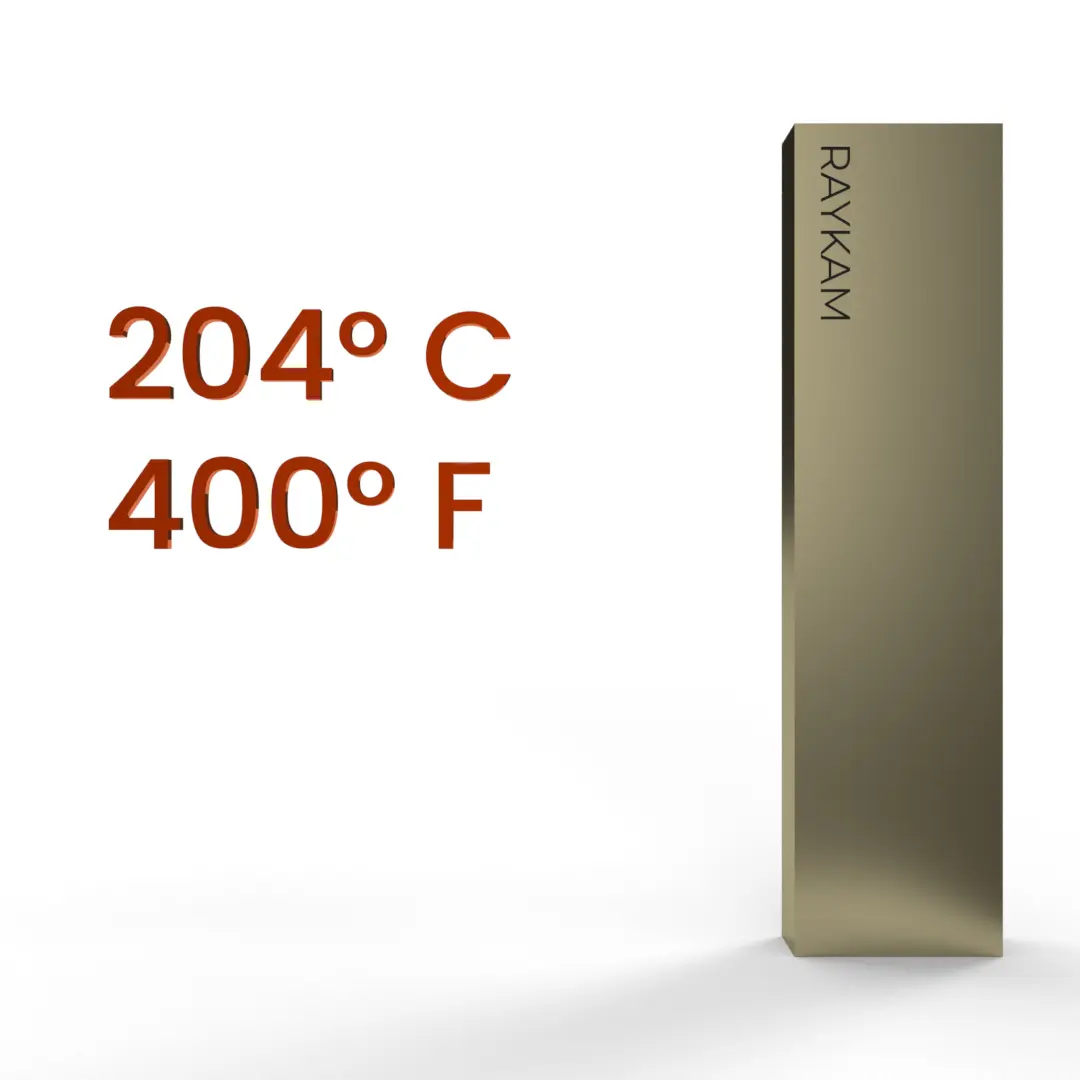
227° C - 440° F
The metal starts adopting a brown-ish color
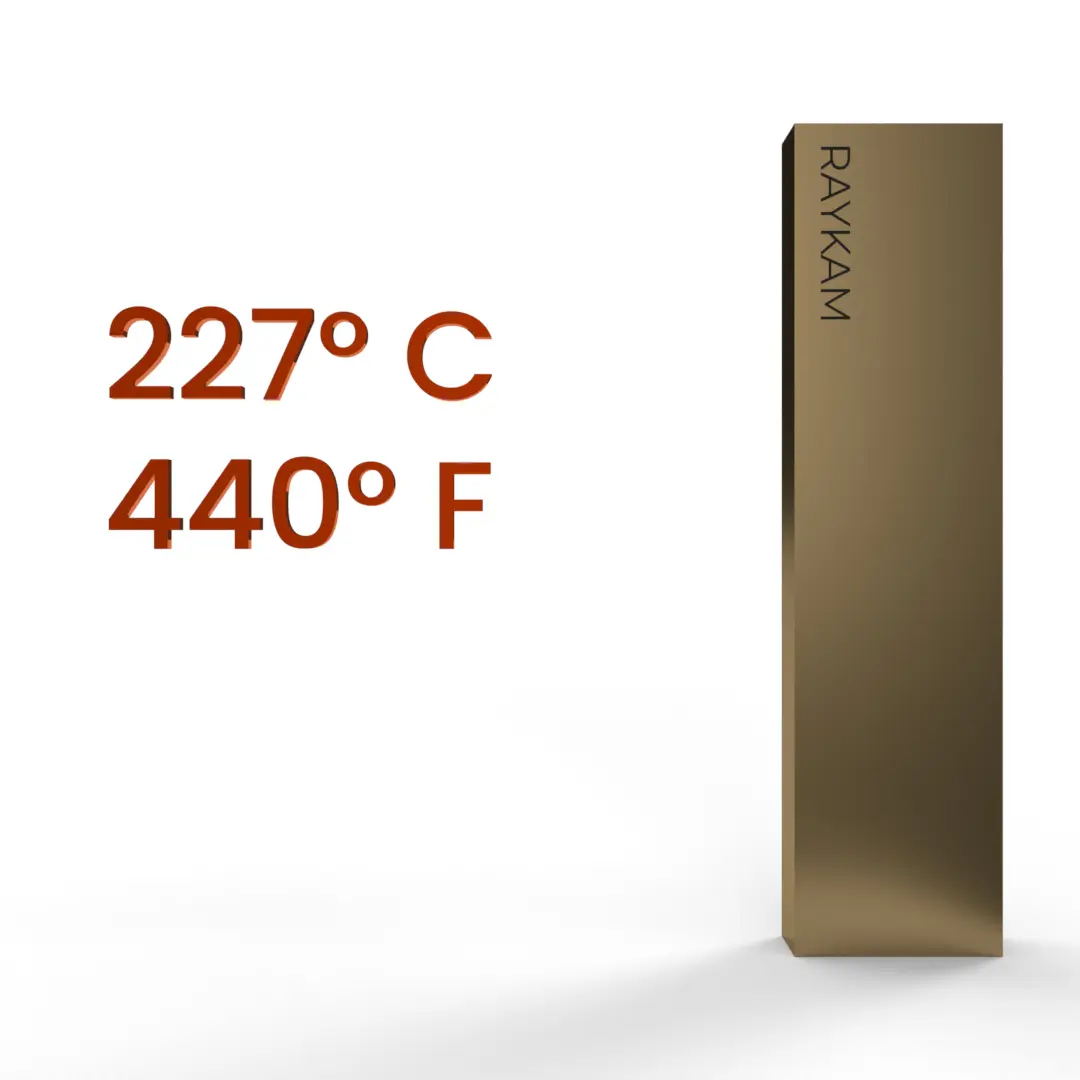
260° C - 500° F
The metal showcases a deep brown color
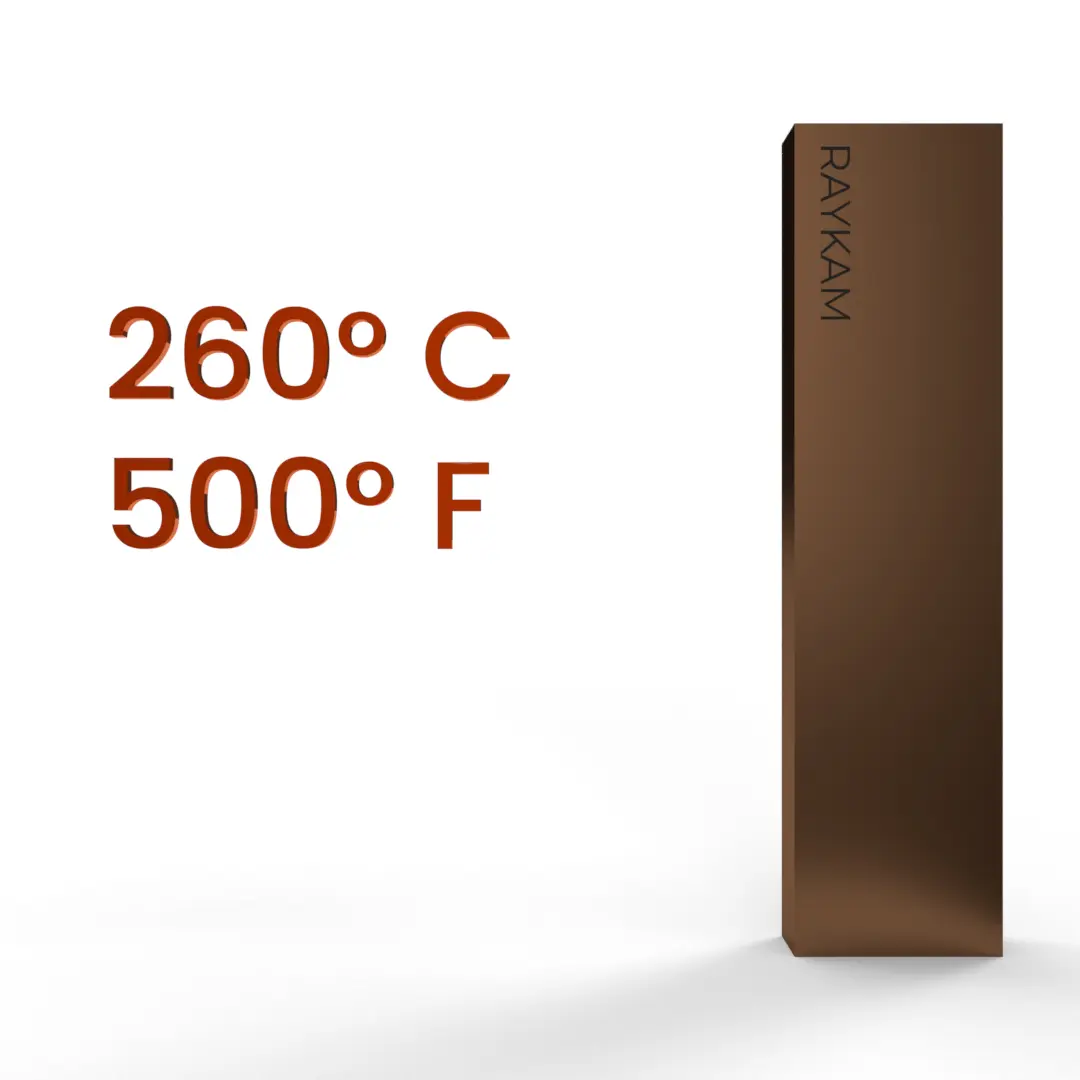
282° C - 540° F
The metal showcases a stunning purple tint
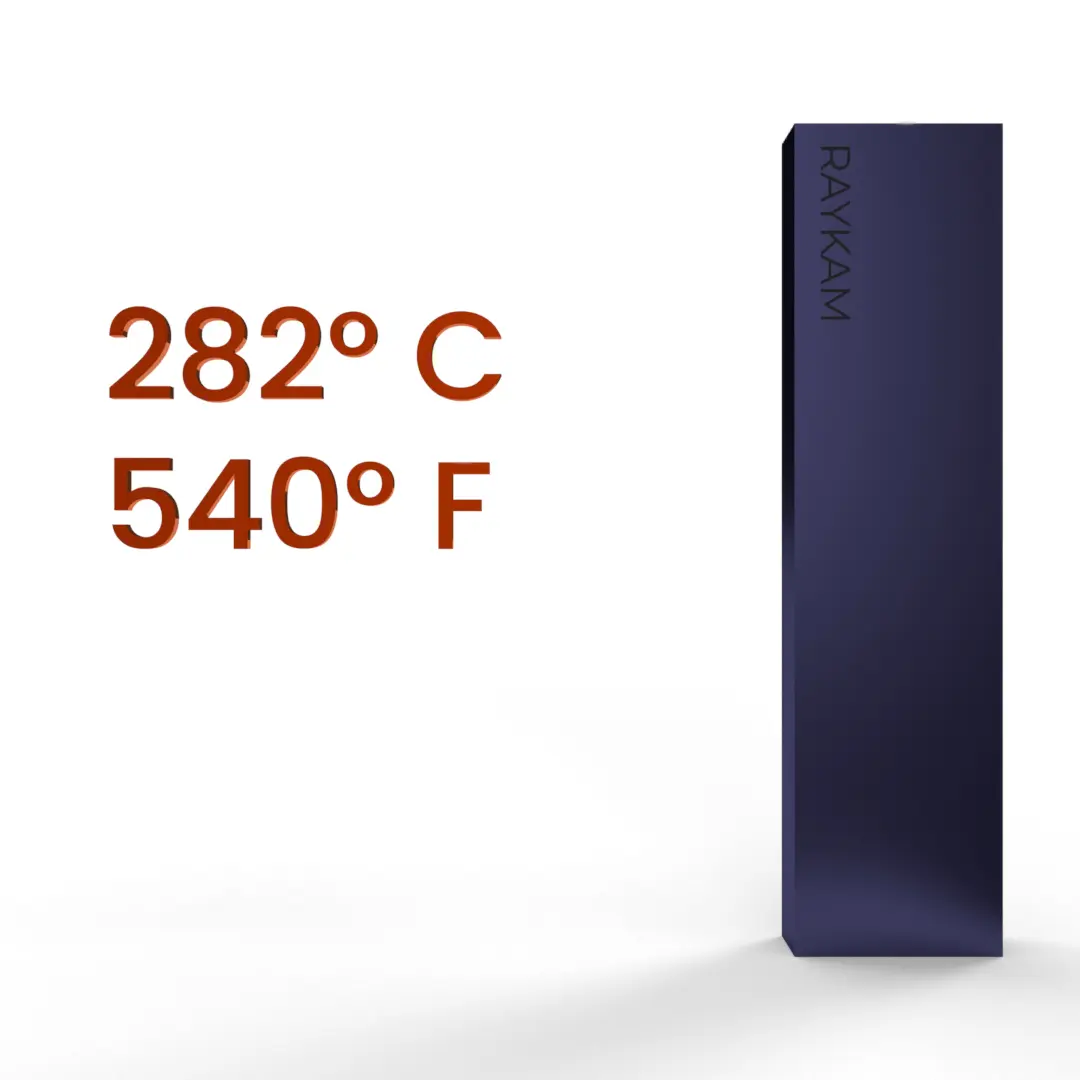
310° C - 590° F
The metal starts adopting a blue tint
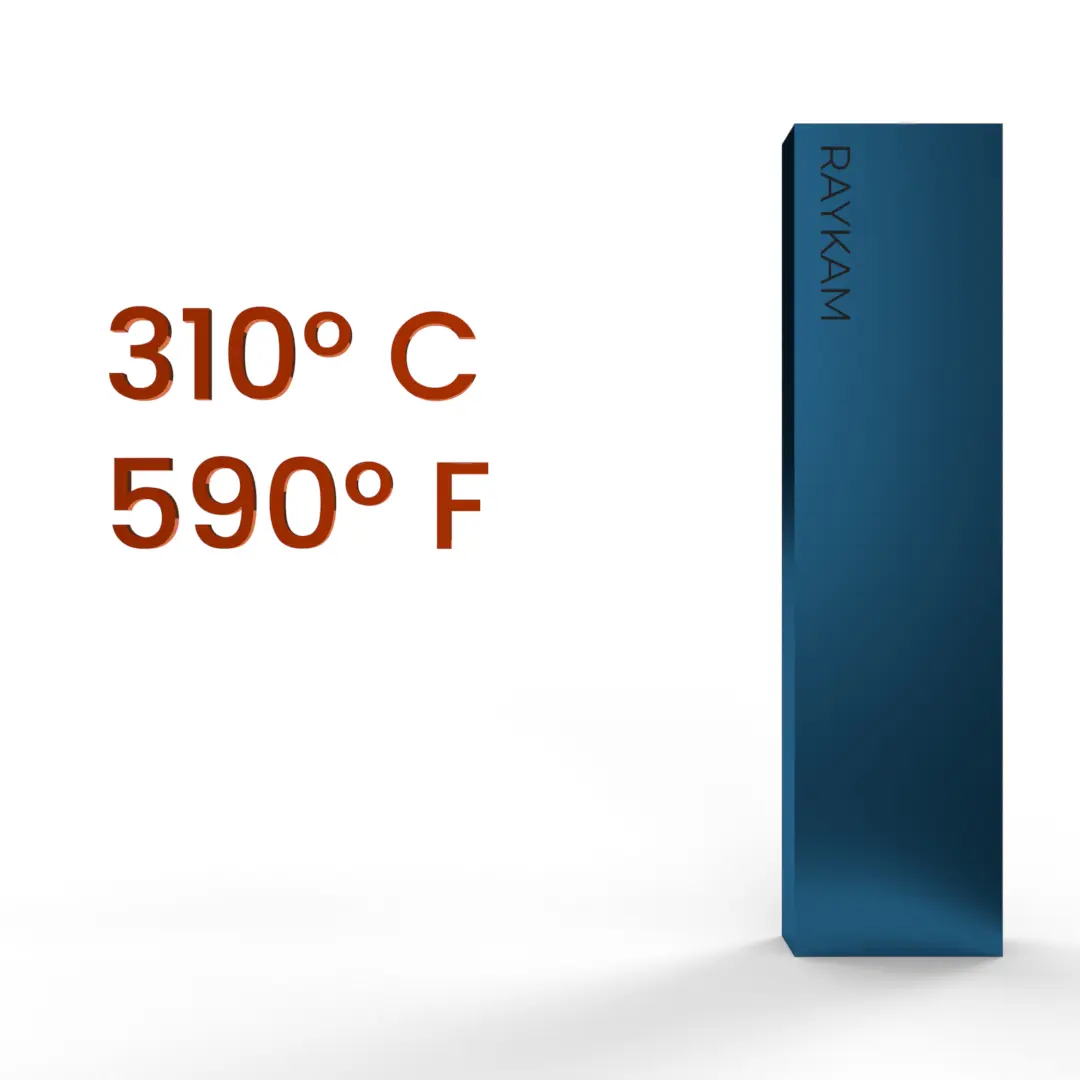
343° C - 650° F
The metal showcases a teal tint
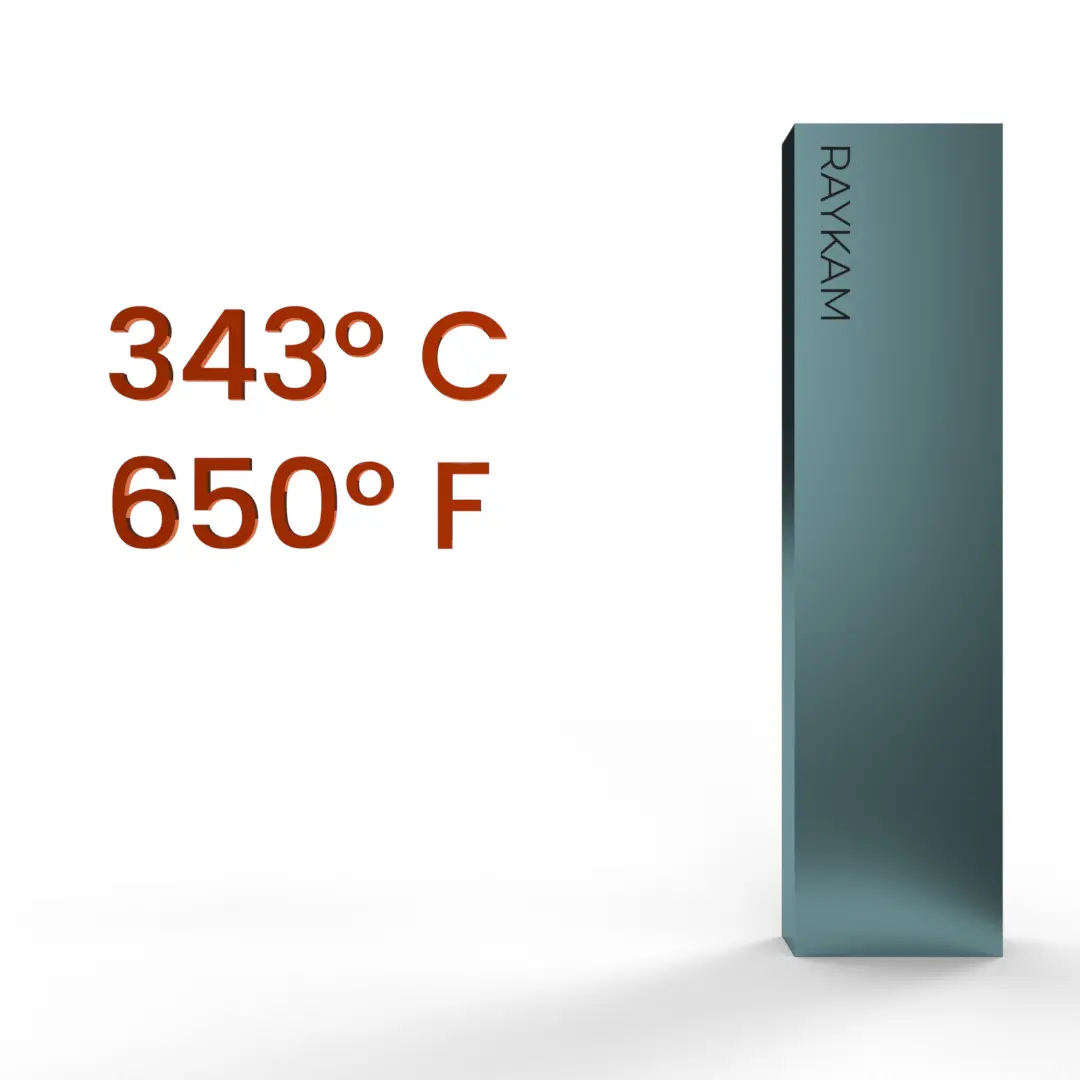
388° C - 730° F
The metal starts turing back to its grey-ish color
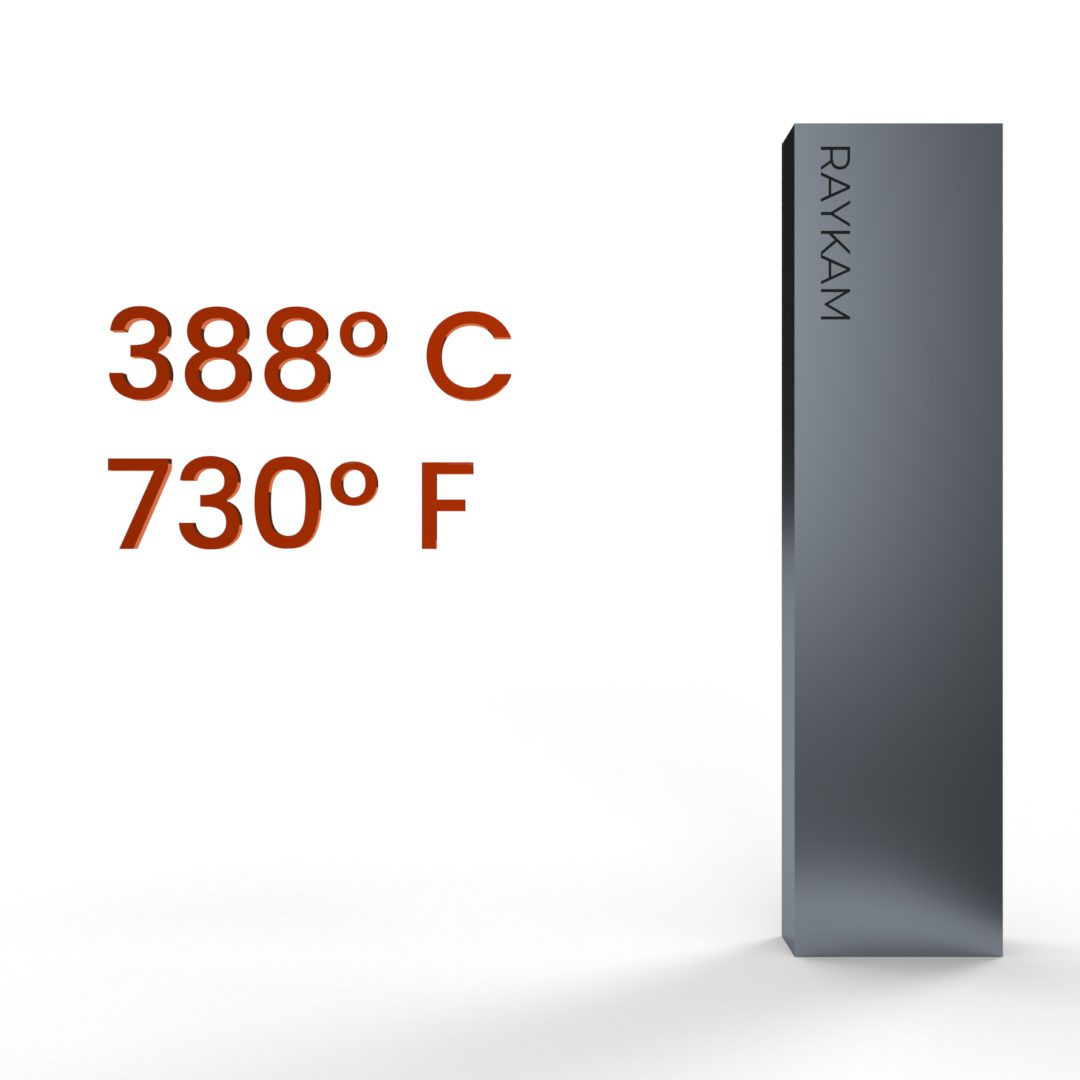
Tempering Colors of Steel: The Conclusion
With a wide range of colors the steel adopts with change in temperatures it is an impressive phenomenon. Though there are many other much efficient and cost effective ways of coloring steel and stainless steels, which are spray coating, PVD color coating (for Stainless Steels), oil painting, etc. Tempering is done with the primary objective of enhancing mechanical properties of the material. It is not intented for decorative exterior purposes.
THANK YOU
DON'T MISS ON LATEST ARTICLES!
SIGN UP NOW!

